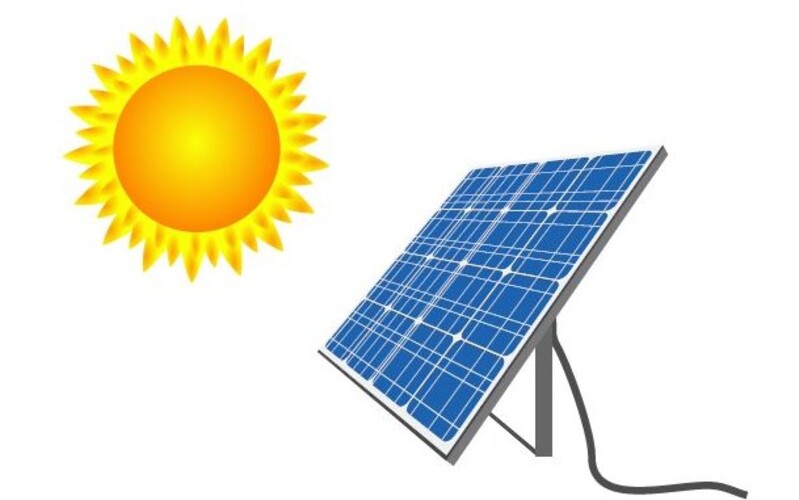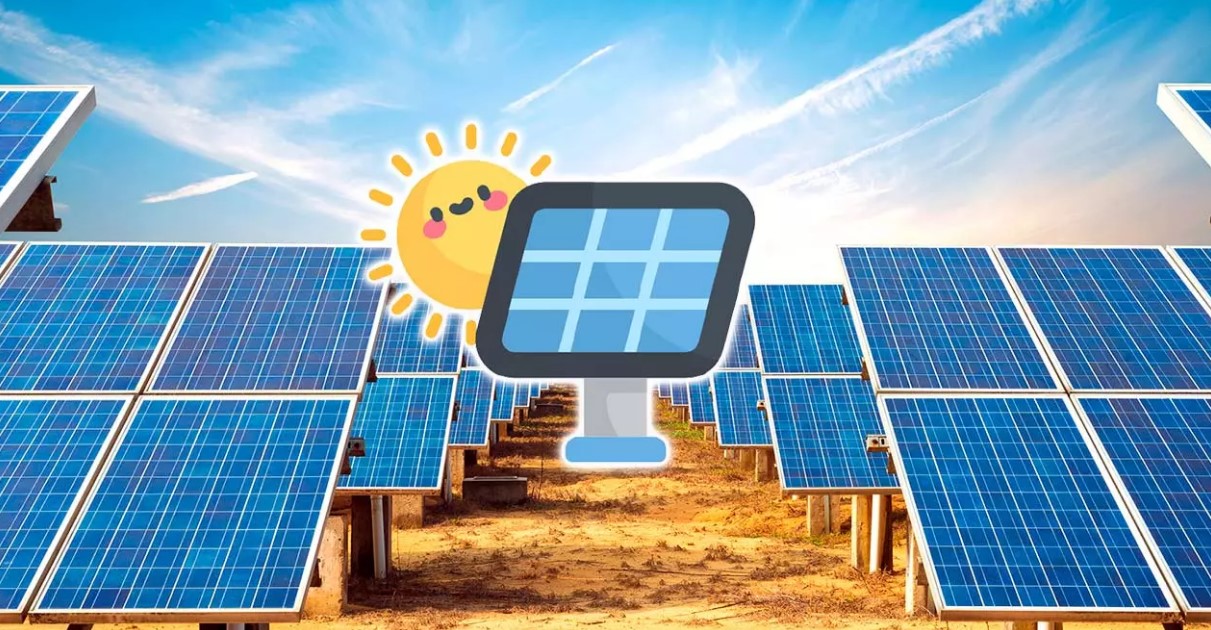Energía Solar
Solar panels and photovoltaic systems: frequently asked questions. Part 2
The solar energy system is, nowadays, one of the fastest-growing ones globally, at all levels. That’s why this post has been created. To clarify and inform through the presentation and answering of frequently asked questions about solar panels and photovoltaic systems.
Likewise, this is the continuation of the article Solar panels and photovoltaic systems: frequently asked questions. Part 1. Which we invite you to read.
So that you can be well-informed about what to expect when deciding to install it in your home. Let’s get started!
What are the parts of a solar panel?

Next, we present to you, in a very summarized form, the parts of the solar panel:
- Aluminum frame, which surrounds and protects the solar panel
- Tempered glass screen, acts as protection against impacts and facilitates the transmission of solar radiation
- Encapsulating layer, protects the solar cells and aids in retaining solar energy
- Solar cells, which transform solar energy into DC electrical energy through the photovoltaic effect
- Supportive back insulation, protects against weather elements, dust, and moisture
- Junction box, contains connection and junction cables, and diodes. The latter helps in maintaining performance and ensuring that the current flows in one direction
For more detailed information, check out our content Get to know the parts of the photovoltaic solar panel. It will be very useful to you!
How does a solar panel work

The operation of the solar panel is based on the photovoltaic effect that occurs in its solar cells. We briefly explain it below:
- Solar energy is absorbed by the solar cells when it strikes the surface of the equipment
- These cells produce power that is directly proportional to the intensity of the sunlight. It also depends on the angle of incidence. Ideally, solar radiation should hit the surface perpendicularly
- As there are several solar cells connected in series, the voltage of each adds up, with the total being that of the panel
In our post The photovoltaic solar panel and how it works, we provide more detailed information on these aspects
What advantages and disadvantages does a solar panels and photovoltaic systems offer?

The main advantages are:
- It is an inexhaustible, free, and efficient energy source
- It allows for significant savings on electricity bills
- Contributes to energy savings
- Renewable, clean, and does not generate harmful gases of any kind.
- The best option for electrifying remote areas where the conventional electrical grid does not reach, for technical or economic reasons.
If you want a more comprehensive report on solar benefits, we recommend the article Advantages offered by a photovoltaic or solar energy system.
Regarding its disadvantages, the most important ones are as follows:
- Electricity generation depends on the weather. Since solar incidence is not constant, the amount of power can fluctuate, and there is no generation at night. Although this can be addressed by using batteries.
- The initial investment in a solar installation is substantial. To ensure you get the best value for your money, we suggest hiring an experienced company.
- It is necessary to modify your consumption behaviors. For example, using high-consumption devices during the day and low-demand devices such as lighting and entertainment appliances at night.
- Also important that your devices have high energy efficiency.
For more information, you can refer to Disadvantages of the Solar Energy System.
Should maintenance be performed on the solar panels and photovoltaic systems?

Solar installation requires very little maintenance. The equipment most vulnerable to outdoor conditions is the solar panels, and they are very durable and resistant.
However, their performance can be reduced due to the effect of accumulated dirt and dust. So, it’s enough to clean them with water, soap, and a very soft brush every 6 months.
Another important point, although not directly applicable to the system, is controlling the shadows cast on the solar panels. An example is trimming trees and shrubs that create these shadows.
To conclude…
The questions regarding solar installation are numerous due to the myths and beliefs that have been created around it. This is due to the lack of knowledge and the innovativeness of this type of energy.
Here and in our post Solar Panels and Photovoltaic Systems: Frequently Asked Questions. Part 1 and Solar Panels and Photovoltaic Systems: Frequently Asked Questions. Part 3. We try to provide answers to the most relevant ones.
In the energydcac blog, we have a wealth of free content on various topics related to energy, equipment, operation, characteristics, etc. Likewise, we invite you to subscribe for free with us. Greetings!


Pingback: Solar panels and photovoltaic systems: frequently asked questions. Part 3 - Energy DC/AC